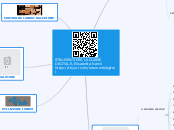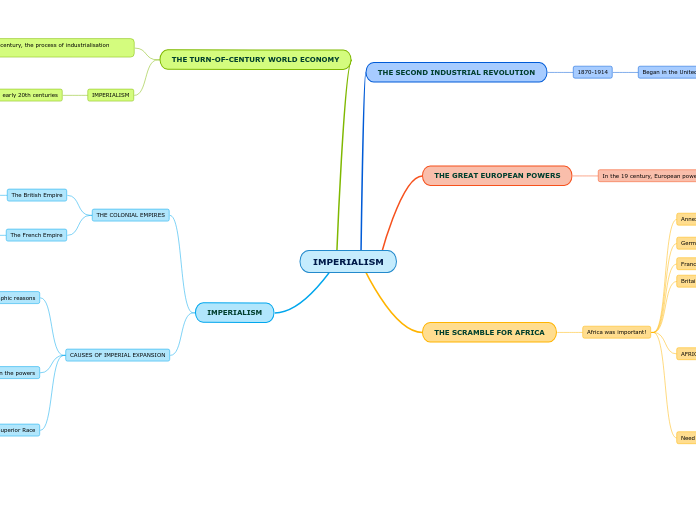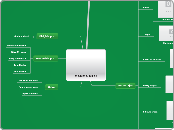DECISION MAKING MODEL:
As part of the course, BBI2OR explored how to make the best decisions. The decision making model is what a business owner would use in order to decide how to best satisfy the consumers wants and needs. This model is commonly used for the "information" factor of production and ethics.
4. Make a decision and take action
2. Identify the alternatives
1. Determine the decision to be made
5. Evaluate the decision
3. Evaluate the advantages and disadvantages of the alternatives
Factors of Production: T-Shirt
MANAGEMENT
FINANCE DEPARTMENT
This department deals with the numbers of my company. For example they oversee the inventory and how much profit they are making from the shirts.
The finance department is typically composed of accountants or any other position that deals with finance. Accountants record, analyze, and interpret financial activities of a business. For example, businesses conduct transactions daily and this includes paying staff, paying bills, etc. The finance department is one of the most important departments of a business because they do book keeping, budgeting, keeping track of assets and liabilities, etc. They provide useful information for decision makers.
ORDER FULFILLMENT DEPARTMENT
This department oversee the operation in which orders are placed and shipped out. They ensure orders are complete and there are no problems.
MARKETING DEPARTMENT
This department analyzes the trends in the marketplace and they help advertise the products to the target audience. the marketing department would need to effectively advertise T-shirts since this is what the business makes.
As part of the course, BBI2OR explored the marketing department. Marketing is any activity that involves in getting goods and services from the business that produces them to the consumer, The department's two fundamental roles are to sell what a business makes and to manage the brand. Marketing does not include the production of goods and services. Marketing involves analyzing customers, competitors, positioning products, and deciding on targeting the most profitable segment.
MARKETING MIX:
The marketing Mix consists of the 4 P's and 2 C's. Product, place, price, promotion, consumer, and competition. A good combination of all elements will result into an effective campaign. Marketers must ensure that each element of the mix are consistent.
INFORMATION
To produce shirts, businesses must know information about:
What are the latest trends?
What are some new technology that can help to produce shirts?
Where are the sources to get the supplies that are needed?
What are the political conditions like when producing or transporting goods in another country?
What is the competition doing?
NATURAL RESOURCES
AGRICULTURE
This industry practices farming including cultivation of the soil for growing crops. Cotton can be traced back to this industry.
FUEL AND ENERGY
This industry allows industrialization to happen by sourcing power. Fuel and energy allow the production to power in the first place. Petroleum and coal is used to make polyester.
LABOUR
OUTSOURCING
Outsourcing is companies hiring people from another company or country to perform a task that is involved during production.
- Fashion brands typically hire people from another country to perform a task that can’t be done by machines
- Cotton is harvested by people in India or China because that’s where cotton is grown
Making connections:
As part of the course, BBI2OR explored what is income in our accounting unit. Income is the money that an individual or businesses receive. Most people use their job income to pay for necessary items. People that are outsourced to make clothes don't get paid enough and it can be hard to sustain themselves and their families.
Making connections:
As part of the course, BBI2OR did a CSR investigation task where we watched a documentary about the workers who make clothes in developing countries. The company Joe Fresh puts women and children in poor working conditions, lack of safety, and unreasonable wages. In 2013, one of the buildings collapsed which resulted in over 1000 women and children losing their lives. Communities all over the world started to point fingers at the top level of management as it was their fault for putting workers in horrible working conditions.
Outsourcing is good for companies because the costs would be lowered but it infringes upon human rights. What the top level of management can do is to ensure there are regular checks like building inspections and an unbiased third party investigation into the working conditions. CSR is good for a company because people like buying from brands that treat their employees well. Also, workers are more likely to stay with the company.
AUTOMATION
Automation is labour done by machines. The following are examples of what is used during production:
o Cotton gins
o Knitting
o Spinning
o Washed and dyed
o Cutting fabric
o Stitching
o Finishing
o Label stitching
RAW MATERIALS
POLYESTER
Polyester is one of the raw materials in a t-shirt. This material is man made, which means it is not as natural as cotton. Polystester is what helps make shirts more durable. It is still combined and apart of the finishing product. Polyester is deprived from water, air, coal, and petroleum.
COTTON
Cotton fibre is one of the raw materials in a t-shirt. Raw materials are converted or combined and become part of the finished product. Cotton is a natural ingredient that goes into a shirt. Cotton can be grown in America and India.
CAPITAL
INTELLECTUAL CAPITAL
Patents for designs are ideas that are in a non-tangible
form of capital. Patents are legal licenses conferring a right for a set period. Patents exclude others from copying that specific idea.
LIQUID CAPITAL
Money invested into the business to keep it operating.
Making connections:
As part of the course, BBI2OR explored what is investing. When people invest in a company, they are essentially letting businesses borrow the money that was invested. People invest in businesses that they believe is going to do well. Investors don't want to spend money to launch companies with limited of growth.
CAPITAL GOODS
Capital goods are machines and any other equipment that is used during the production of a T-shirt. Capital goods are typically tangiable objects. Some example are:
o Factories - Buildings that are used to manufacture the shirts
o Land – This is where the factories are built on
o Tractors – Tractors are used to harvest the cotton
o Trucks – Trucks are used to transport items from one place to another
Making connections:
As part of the course, BBI2OR explored what assets are in our accounting unit. Assets are possessions owned by a company or person that has value and it can be converted into cash. Therefore, these capital goods are assets. Understanding what assets are is useful for how to calculate the equity the business has.









